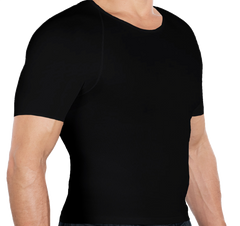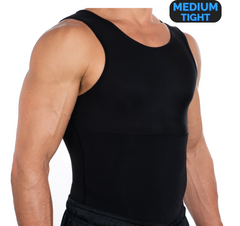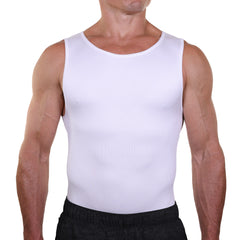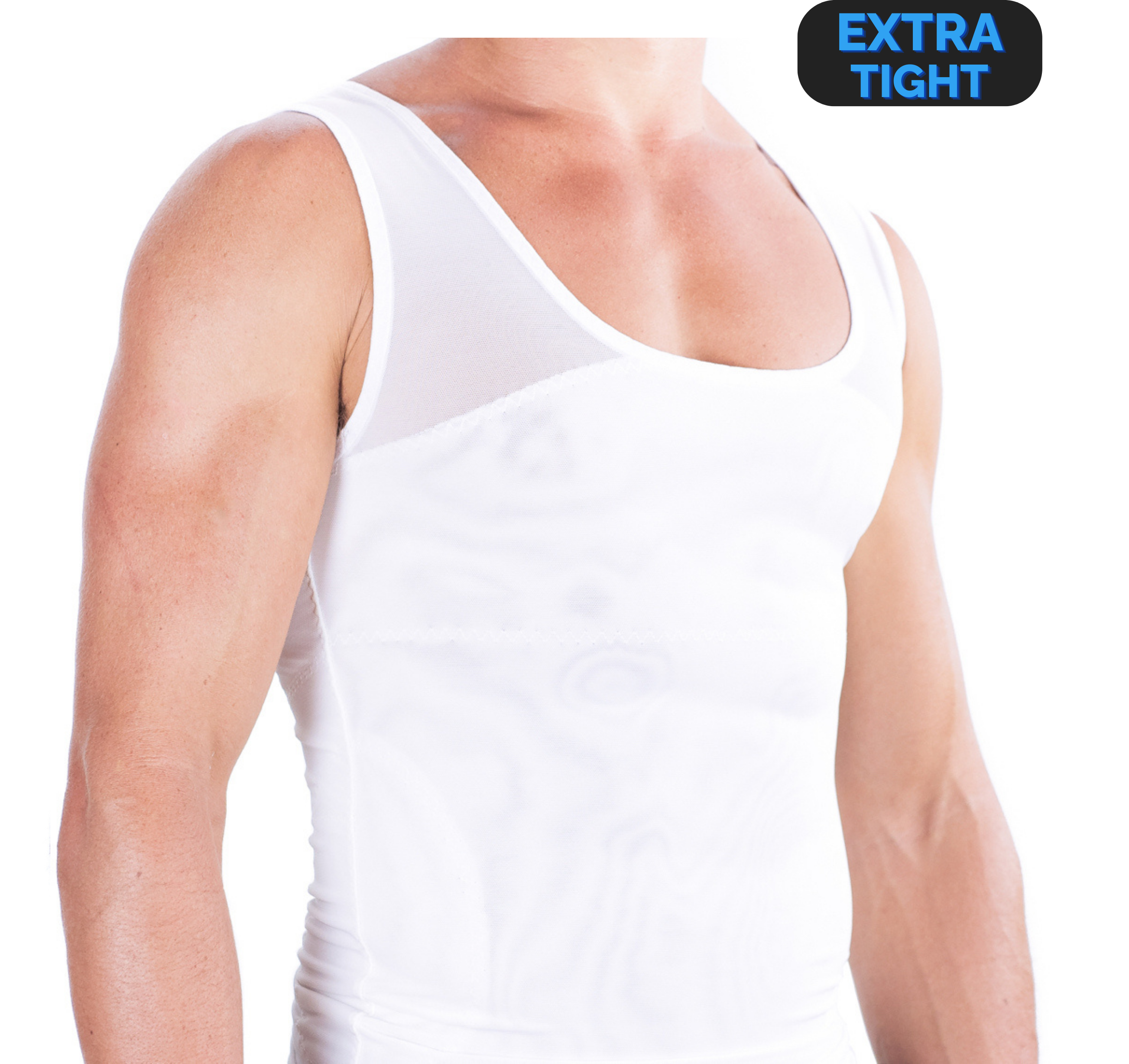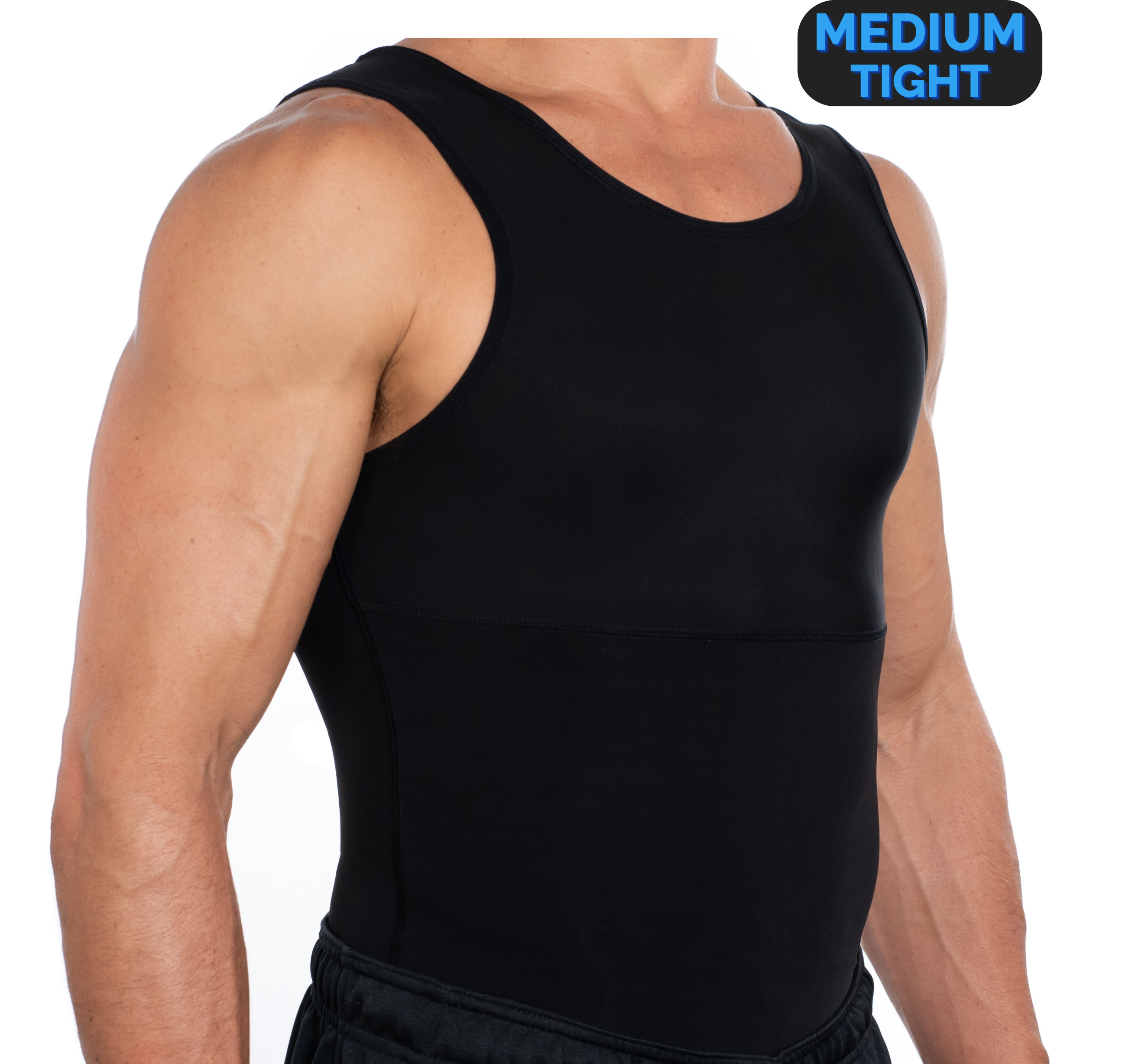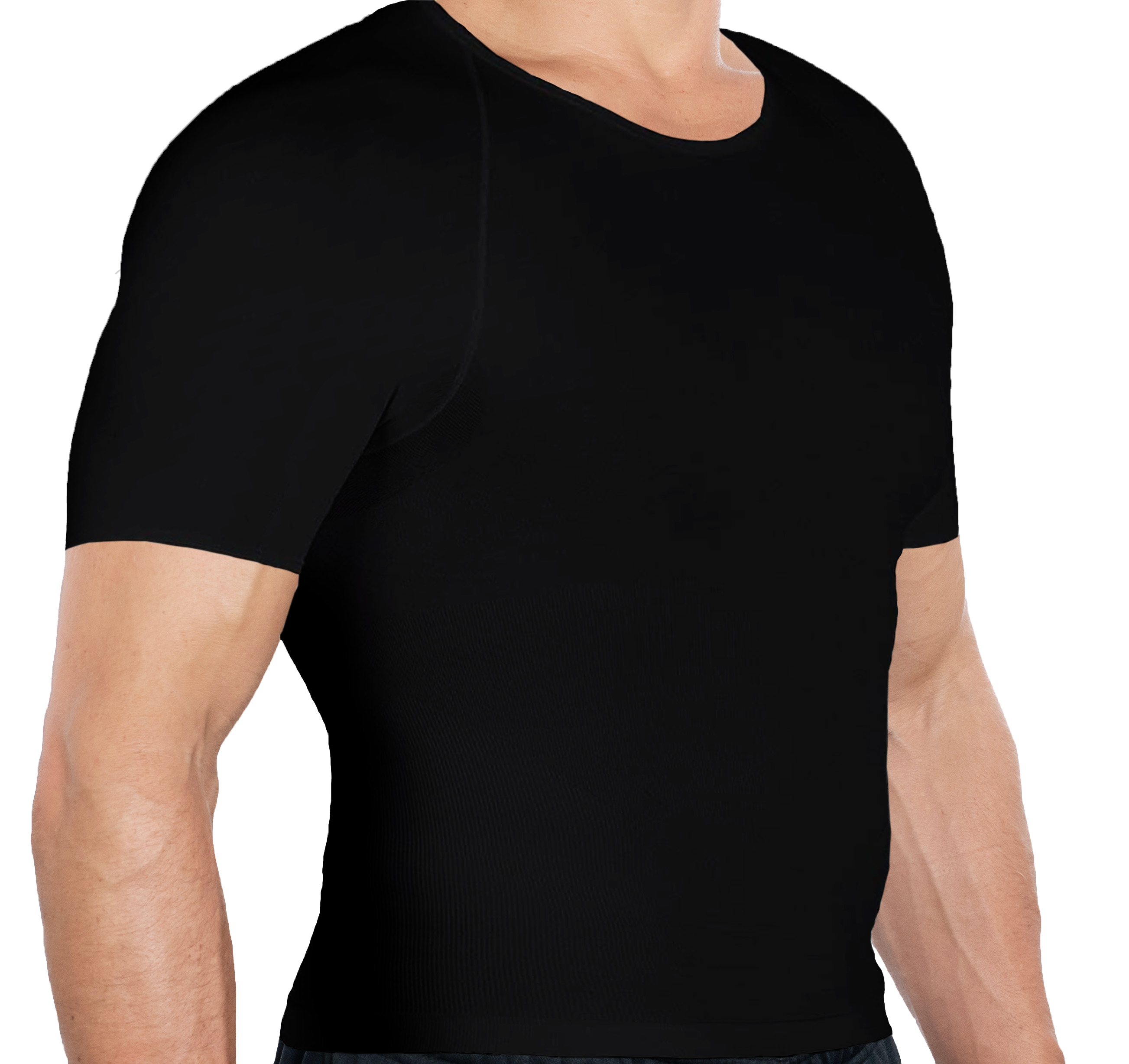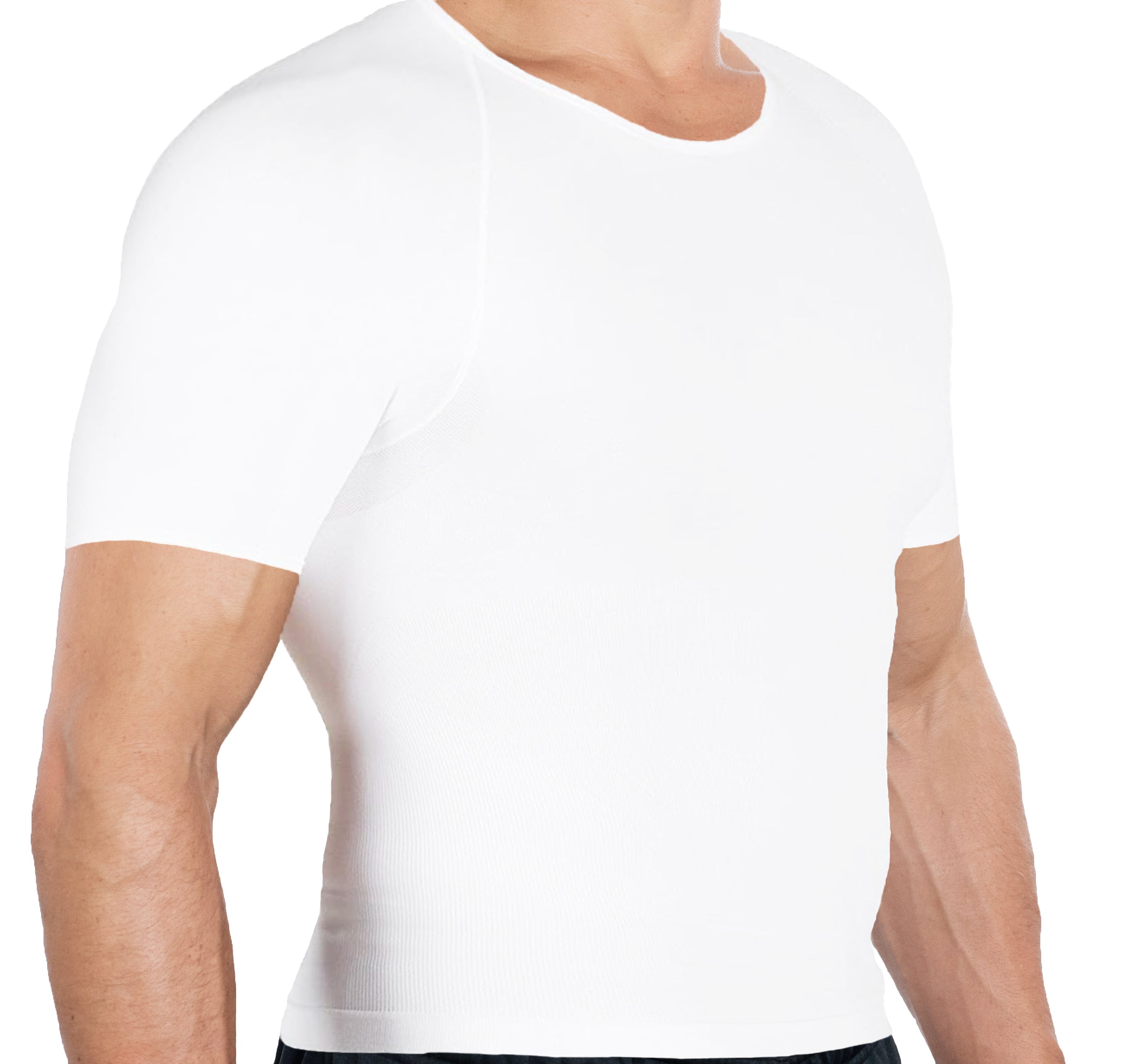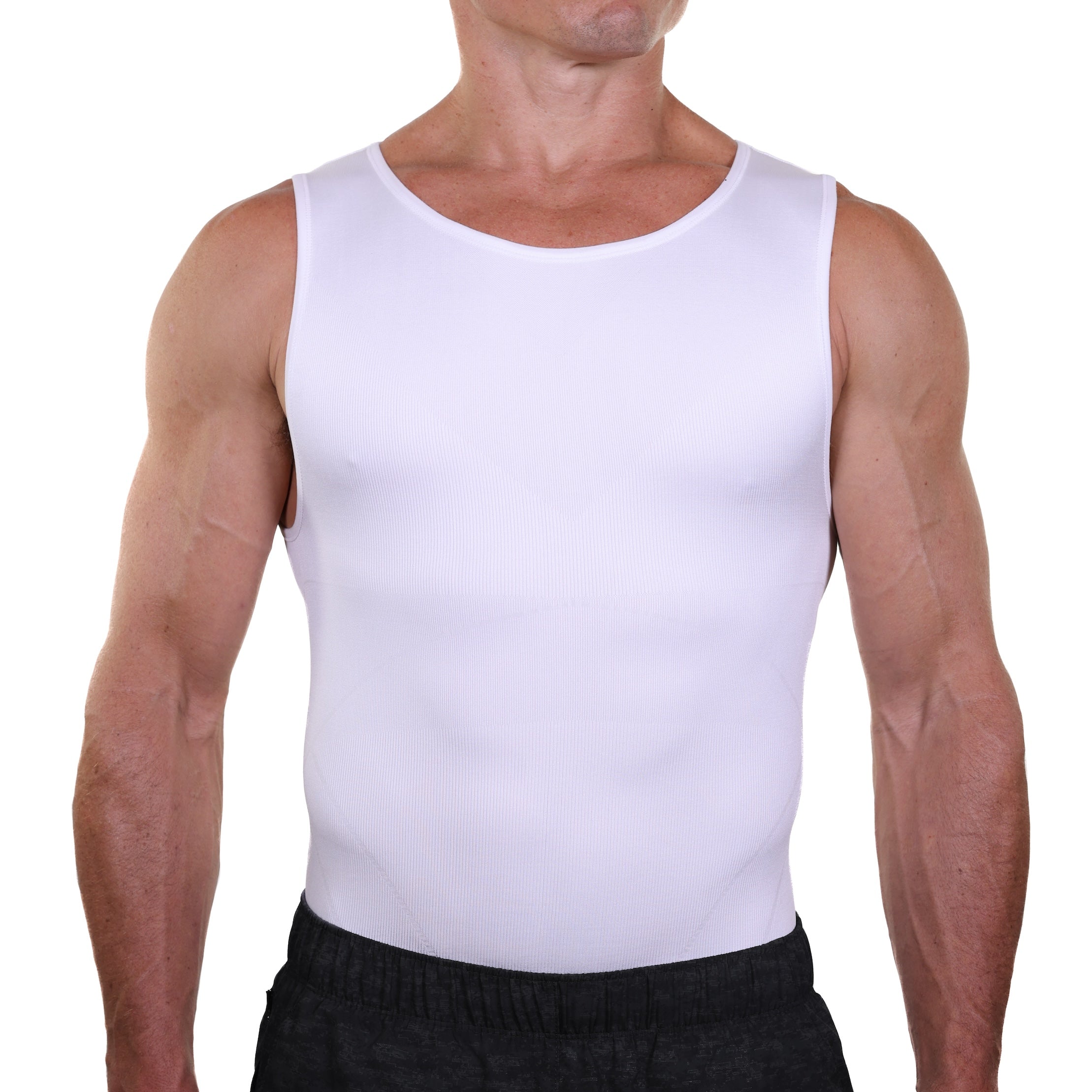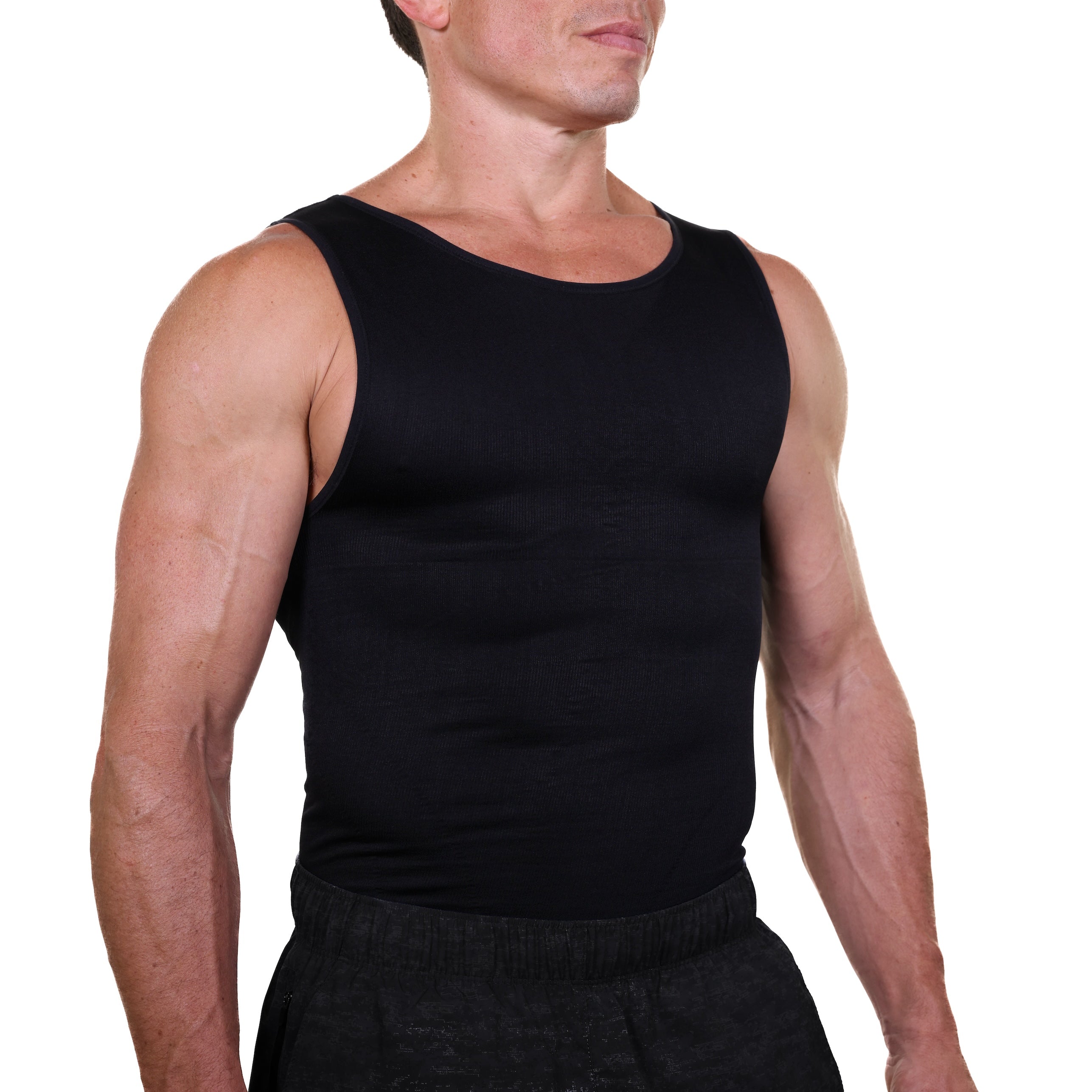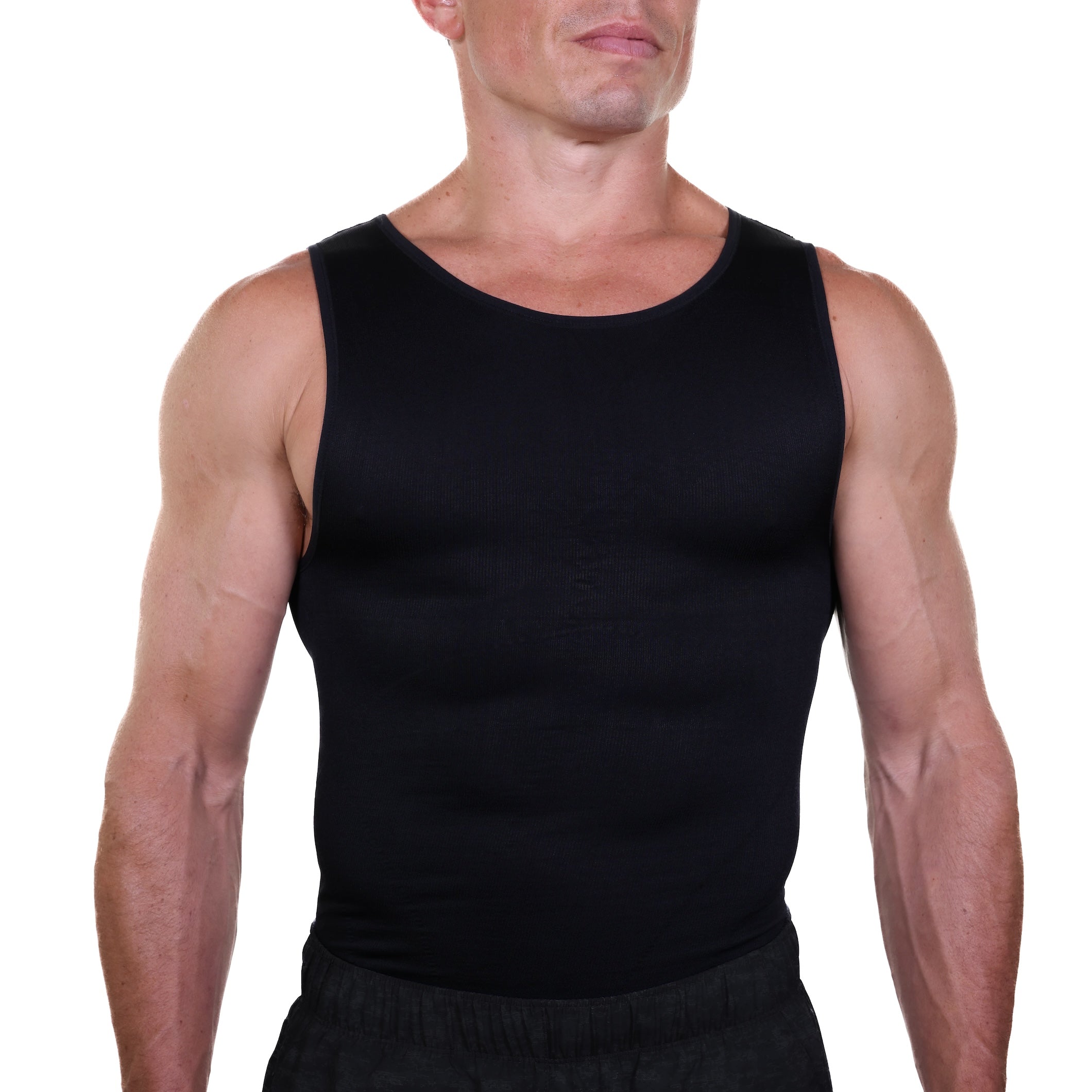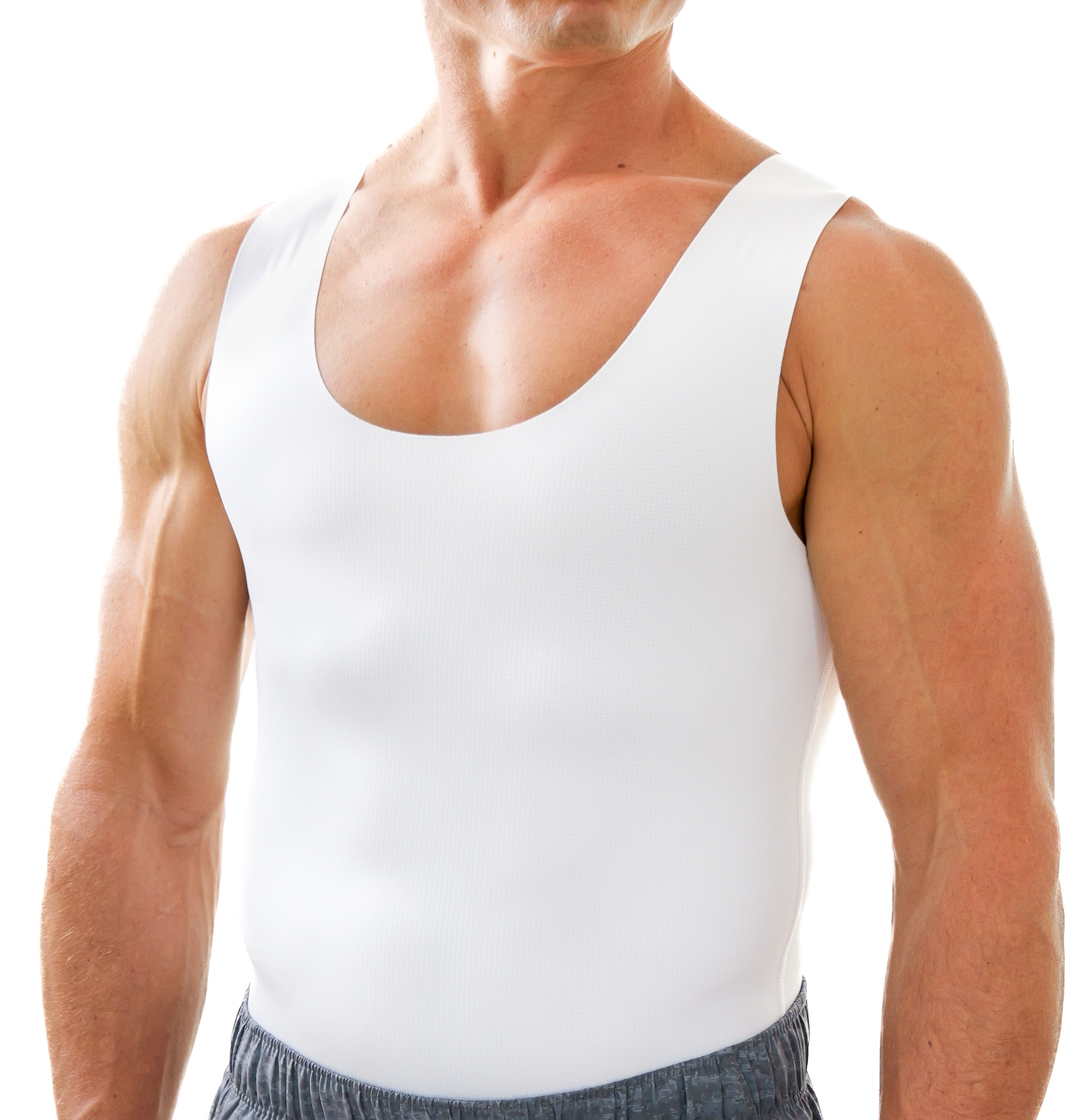Workout recovery is a major concern whether you are a professional athlete or an occasional exercise enthusiast. Properly managing post-exercise joint and muscle soreness will help you feel more comfortable and allow you to resume your training or workout regimes faster.
A lot of research primarily focuses on muscle recovery and creating products that will enhance the process, limit soreness and shorten the time taken to fully repair your body tissues after exercising. Compression garments are one such product.
Below, we look at how they can positively impact workout recovery.
What are compression garments?
These are types of tight-fitting clothing that provide compression on different parts of the body. They are mostly made from nylon and spandex, though other materials like cotton can be used.
Types of compression garments
Medical compression clothing helps increase blood circulation for people with circulation issues or aids in recovery after surgical procedures.
On the other hand, athletic compression garments are designed to improve performance, avoid injuries and help with muscle recovery.
Some common types of sports compression garments include;
- Knee sleeves
- Short and long-sleeved shirts
- Shorts
- Quad sleeves
- Socks
- Three quarter pants
- Full-length tights
The cause of muscle soreness
Doctors believe that exercising causes tiny tears in your muscles, and in turn, your body builds more muscle fibers, enabling you to get faster and stronger. Studies show that muscle soreness results from the inflammatory response from these tears. 4
Often called DOMS ( delayed onset muscle soreness), the severity of a person's post-workout pains depends on the intensity and duration of the exercise. The peak effect of DOMS mainly occurs 48 to 72 hours after a training session.
This type of muscle pain is not similar to that caused by injuries like torn tendons or sprains. While such types of injuries require immediate medical assistance, delayed muscle soreness can be managed at home.
However, if you feel sharp pains or notice swelling, it could indicate an injury, so you should seek medical attention.
What the science says
Some theories explain how compression clothing can help with workout recovery, and scientific research has illustrated the clear advantages of wearing compression garments.
The evidence suggests the following benefits;
Reduce inflammation and pain.
As earlier stated, working out will lead to tiny muscle tears that will later heal. The process is painful and can lead to slight inflammation, especially if you undergo vigorous training frequently.
Fortunately, wearing compression garments will lessen the pain and inflammation after a workout.
Decrease fatigue and soreness.
Results of two comprehensive meta-analyses found that compression shirts and socks decrease post-exercise muscle damage and fatigue. The researchers stated that it was because of the increased lymphatic outflow and blood flow.
Lessens muscle damage
While working out, your body produces a muscle damage biomarker called creatine kinase ( CK ). Researchers have noted that people who wear compression clothing produce lower amounts of CK.
When the body has lower CK levels, you will experience faster recovery due to the quicker repair of tissues and removal of waste metabolites.
Beneficial to all types of athletes
A meta-analysis conducted in 2017 and published in Sports Medicine sought to find out whether compression garments positively aid muscle recovery in different workout modalities, such as power, strength and endurance exercises like running, swimming and weight lifting.
The researchers observed that the clothes benefited all exercises but in different amounts. They also facilitated better performance improvements the following day.
Other advantages of compression wear
Improves performance
You will notice that many athletes wear compression garments while training or during games. The garments tightly grip their muscles, fastening blood flow to the brain and other organs, allowing faster responses and better performance.
Boosts upper body strength
A 2014 study found that wearing compression garments aids muscle recovery after a strenuous resistance training session. The effect was particularly present in the upper body. Recovery time was 4 to 8 hours after the workout.
Increases muscle control and reduces muscle vibration
Compression wear can help athletes in sports such as alpine skiing by tightly gripping muscles to reduce movement and improve body control.
Tips for choosing compression wear
Go for sport-specific
If you do a lot of weight lifting, boxing or swimming, you should wear an upper-body compression garment like a vest or shirt. However, lower-body compression apparel like socks will do if you cycle, run, or do any intense exercise.
Check the pain points.
If you generally experience pain and soreness in a particular area, such as the shoulders, calves or legs, it's preferable to pick apparel that covers that part.
Flexibility versus support
Some compression apparel provides more support, while others offer more flexibility. Before deciding on the garment to wear, consider the type of exercise you want to perform.
For instance, yoga requires more flexibility than other sports like running.
Other ways to improve muscle recovery
Apart from wearing compression apparel, you can aid your body recovery through the following:
- Sports massage therapy will fasten blood flow to muscles, reducing stiffness and inflammation.
- Ice bath therapy- called cryotherapy, you can take an ice bath to cool swollen muscles.
Final Words
Compression wear is ideal for reducing pain and enhancing muscle recovery after workouts. There are plenty of options depending on the kind of exercise you do and the body parts you notice could require help recovering.
Remember to take some time off and listen to your body. If the pain gets intense or unusual, seek professional medical assistance.


